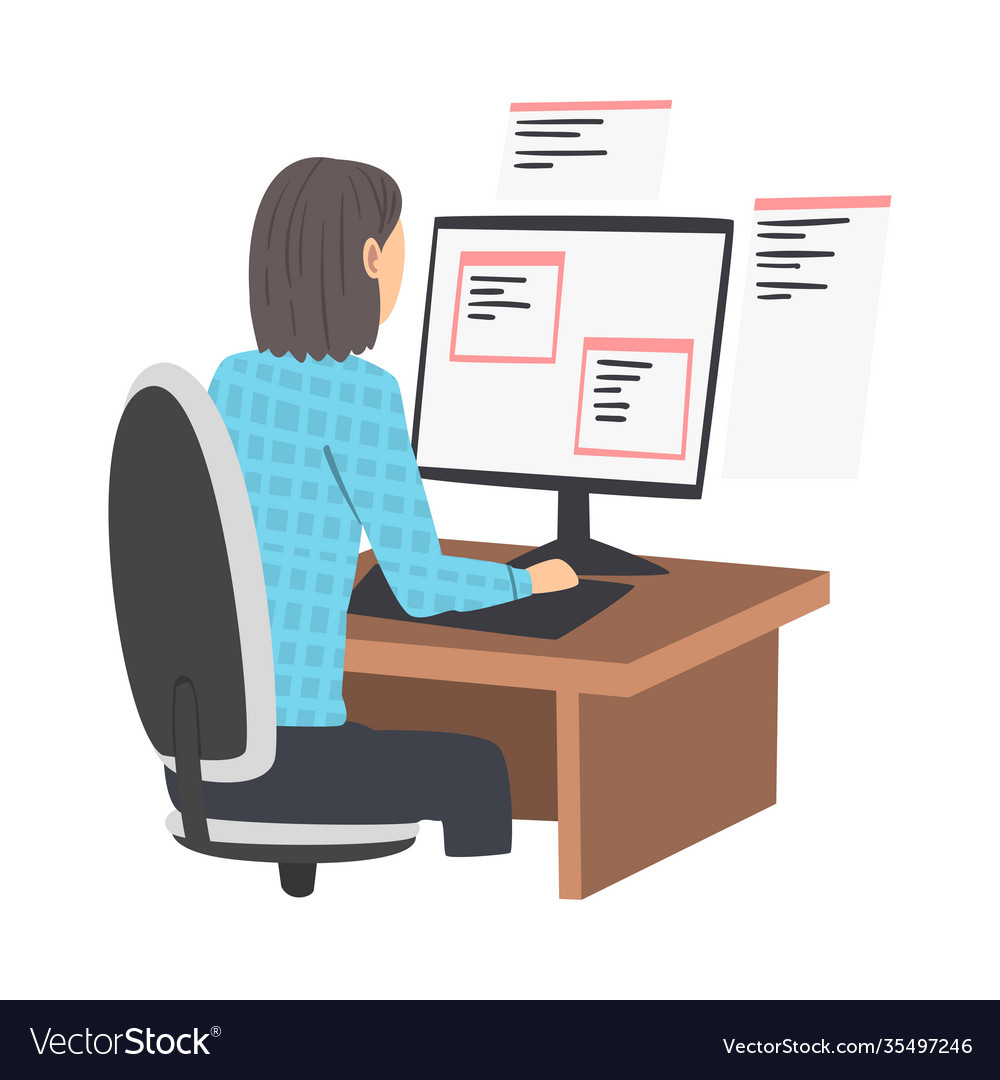Enhance Your Projects with Effective Software Development Staff Augmentation
Wiki Article
Dedicated Developers vs. In-House Teams: Which Is Right for You?
The decision between utilizing committed programmers and preserving an in-house team is a substantial one that can influence the trajectory of your jobs and general organization technique. Conversely, internal teams contribute to a natural company culture and a nuanced understanding of lasting goals.Comprehending Devoted Programmers
The growing need for specialized skills in the technology market has resulted in the emergence of specialized programmers as a feasible solution for lots of organizations. These professionals are commonly acquired on a job basis, enabling firms to take advantage of certain competence without the long-term commitment connected with permanent hires. Devoted designers are frequently ingrained within a client's team, giving versatility and scalability to meet project needs.This model enables organizations to access an international ability swimming pool, which is specifically helpful in a swiftly developing technical landscape. Committed developers can be sourced from different geographical areas, ensuring that business can discover the appropriate skill set at affordable rates. They often bring a wealth of experience and understanding, having actually serviced diverse jobs across various sectors.
In addition, devoted designers can concentrate specifically on the jobs handy, boosting performance and effectiveness. They are equipped to integrate effortlessly into existing process, working together very closely with internal groups to attain task objectives. This technique not just reduces the problem of recruitment and training however likewise enables organizations to stay nimble, adjusting swiftly to transforming market demands and technological improvements.
Benefits of In-House Teams

Furthermore, internal teams have a tendency to have a deeper understanding of the business's goal, values, and goals. This alignment can boost worker involvement and motivation, as group participants feel extra connected to their work and the organization's success. In addition, having a specialized internal team permits far better alignment of techniques and goals, as these participants are regularly concentrated on the company's concerns.
Internal groups also help with quicker decision-making processes, as they can respond much more swiftly to obstacles and changes. The recognized connections and knowledge with firm methods enable streamlined workflows and decreased miscommunication. Eventually, the combination of a cohesive culture, alignment with organizational goals, and effective communication makes internal teams a useful possession for several companies, particularly those wanting to cultivate long-lasting growth and development.
Expense Considerations
When examining expense considerations, both internal groups and specialized designers present distinct financial implications for companies. Engaging devoted developers usually includes a pay-per-project or hourly price design, which can be economical for companies with varying project needs. This technique enables flexibility in scaling resources up or down, making certain that business only pay for the services they require.On the other hand, internal groups involve taken care of prices, consisting of salaries, advantages, and overhead expenses such as office room and equipment. While this version supplies greater control and prompt availability of useful reference sources, it may lead to higher lasting costs, specifically if the work does not justify a permanent team.
Moreover, business ought to consider the covert prices associated with recruitment and training of internal staff members, which can even more stress budgets. In some situations, the moment and sources spent on handling an internal group can take away from the organization's core service purposes.

Task Management and Flexibility
Project monitoring and versatility are essential variables that affect the option in between committed developers and internal groups. Committed programmers commonly offer a high degree of versatility, enabling organizations to range sources up or down based on project demands. This dexterity can be especially helpful for organizations experiencing fluctuating work or those seeking to introduce quickly. Committed groups usually have actually established processes for handling jobs effectively, leveraging details techniques like Agile or Scrum, which promote iterative progression and versatility.
Ultimately, the choice in between internal teams and specialized designers hinges on the wanted level of flexibility and the details job management demands. Companies have to assess their functional characteristics, project intricacy, and resource accessibility to figure out which option straightens best with their calculated goals.
Making the Right Selection
Choosing the ideal growth approach-- specialized programmers or in-house teams-- requires a cautious evaluation of numerous variables that straighten with a firm's critical objectives. Alternatively, internal groups can provide far better connection and assimilation with existing employees.Next, examine your budget plan. Committed developers commonly offer a cost-efficient solution for short-term tasks, while internal groups may sustain higher long-term expenses because of incomes, benefits, and overhead prices. Assess the level of control and collaboration wanted; internal teams usually promote stronger interaction and positioning with company culture.
If instant results are essential, devoted programmers find out here can be onboarded quickly, whereas building an internal group takes time for recruitment and training. If continuous development is important, spending in an internal team might yield much better returns over time.
Verdict
In verdict, the decision between specialized programmers and in-house groups hinges on task requirements and organizational objectives. Alternatively, in-house teams grow a natural society and deeper alignment with long-term objectives.The decision in between making use of specialized developers and keeping an in-house group is a substantial one that can impact the trajectory of your projects and overall business technique.Task management and versatility are crucial variables that influence the choice in between in-house teams and committed designers. software engineering staffing.In contrast, in-house groups may succeed in preserving a consistent job management structure due to their familiarity with the organization's society and long-lasting objectives. Devoted programmers typically provide an economical solution for short-term jobs, while internal teams might sustain greater long-term costs due to salaries, benefits, and overhead expenses.In conclusion, the decision in between internal teams and devoted developers hinges on job demands and business goals
Report this wiki page